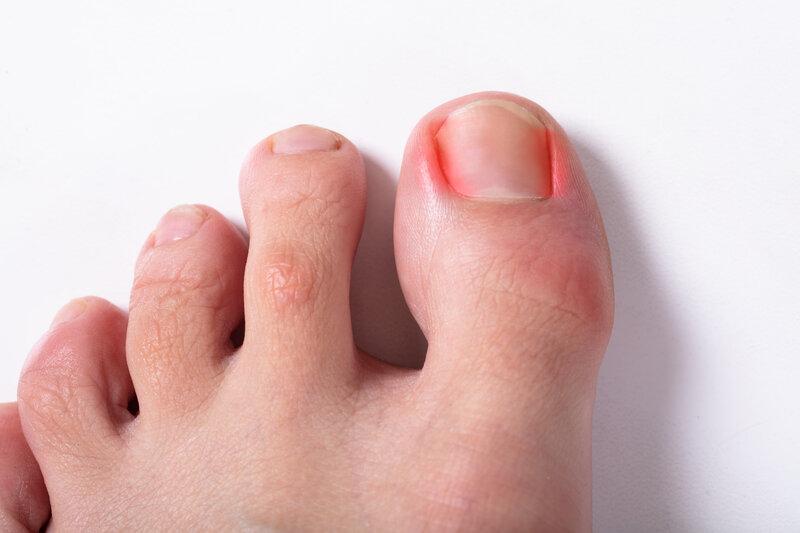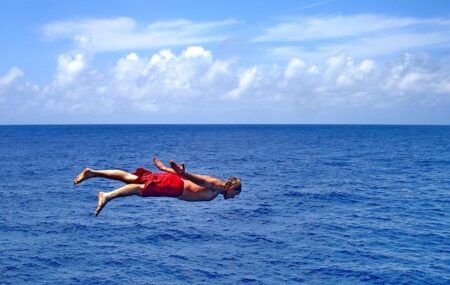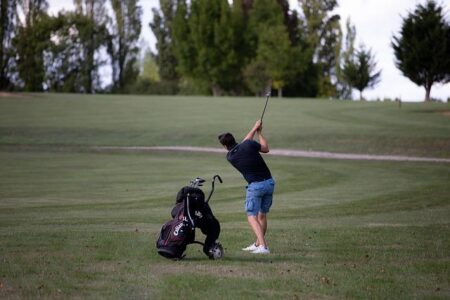In a surprising twist to our understanding of physical performance, experts are turning their attention to an unlikely powerhouse of movement: the big toe. Recent studies and training programs highlight how harnessing the strength and flexibility of this often-overlooked digit can significantly enhance balance, agility, and overall athletic ability. As athletes and fitness enthusiasts seek new ways to gain an edge, “powering your turn with your big toe” is emerging as a key technique that could redefine the fundamentals of motion and stability in sports and everyday life.
Understanding the Role of Your Big Toe in Enhancing Athletic Performance
Often overlooked in strength training and mobility drills, the big toe plays a crucial part in stabilizing and propelling the body during athletic movements. This digit acts as a pivotal anchor point, distributing force evenly when pushing off the ground, which directly enhances balance and agility. Athletes who neglect toe strength and flexibility may suffer from compromised push-off power, leading to reduced speed and increased injury risk. Incorporating targeted toe exercises, such as toe curls and balance drills, can unlock hidden reserves of power that translate into more explosive turns and quicker directional changes.
Key Functions of the Big Toe in Athletic Performance:
- Force Distribution: Enables smooth transfer of energy from leg muscles to the ground.
- Balance Maintenance: Stabilizes the foot during complex maneuvers.
- Injury Prevention: Reduces strain on ankles and knees by improving foot mechanics.
| Movement | Big Toe Role | Performance Impact |
|---|---|---|
| Pivoting on one foot | Provides torque and balance | Enhances precision and speed |
| Sprinting start | Generates explosive push-off | Improves acceleration |
| Jump landing | Absorbs shock and stabilizes | Prevents joint injuries |
Expert Tips for Strengthening Your Big Toe to Boost Balance and Power
Strengthening your big toe isn’t just about adding power; it fundamentally enhances your balance and stability. Begin with simple exercises like toe curls and toe spreads to activate the muscles. Incorporate barefoot training on varied textures-grass, sand, or pebble mats-to improve sensory feedback and toe dexterity. Remember, consistency is key: aim for daily practice sessions lasting 5 to 10 minutes to build endurance and control. Small adjustments, such as wearing minimalist footwear, can also encourage a natural toe engagement that supports every move you make.
Beyond basic exercises, advanced techniques like resisted toe lifts using elastic bands or weighted toe taps challenge the muscles further, generating more force with each push-off. These targeted movements not only boost power but also reduce the risk of falls and injuries by creating a responsive base. Use the table below to track your progress and tailor your routine:
| Exercise | Duration | Frequency | Focus |
|---|---|---|---|
| Toe Curls | 2 minutes | Daily | Flexion Strength |
| Toe Spreads | 3 minutes | Daily | Muscle Activation |
| Resisted Toe Lifts | 4 minutes | 3x per week | Power Development |
| Barefoot Textured Walks | 5 minutes | Daily | Coordination & Sensory |
Concluding Remarks
As research continues to uncover the surprising impact of our big toes on balance, movement, and overall foot health, it becomes clear that this often-overlooked digit plays a pivotal role in powering each step we take. Whether you’re an athlete seeking to optimize performance or simply aiming to improve daily mobility, paying attention to your big toe’s strength and function could be a game-changer. Stay tuned as experts delve deeper into innovative training techniques and therapeutic approaches centered on this small but mighty part of the body.








